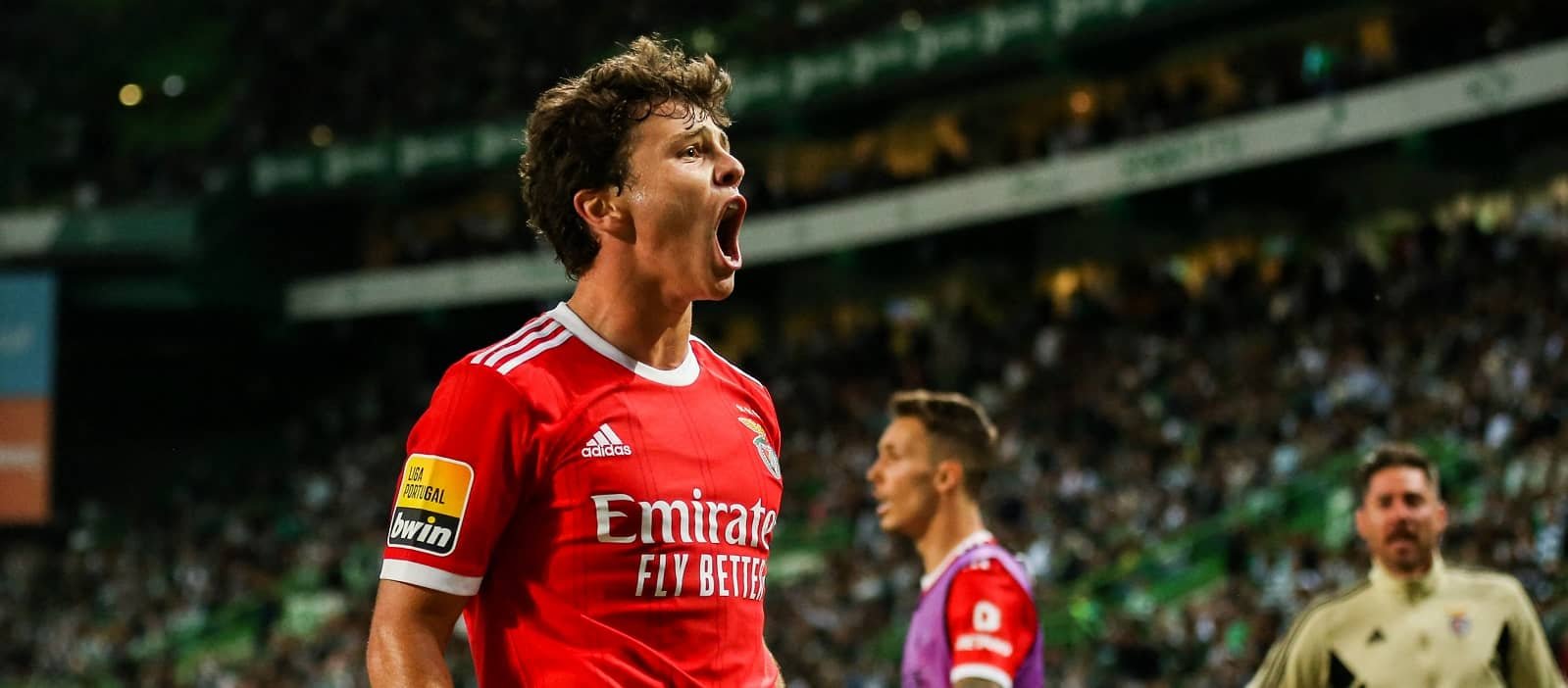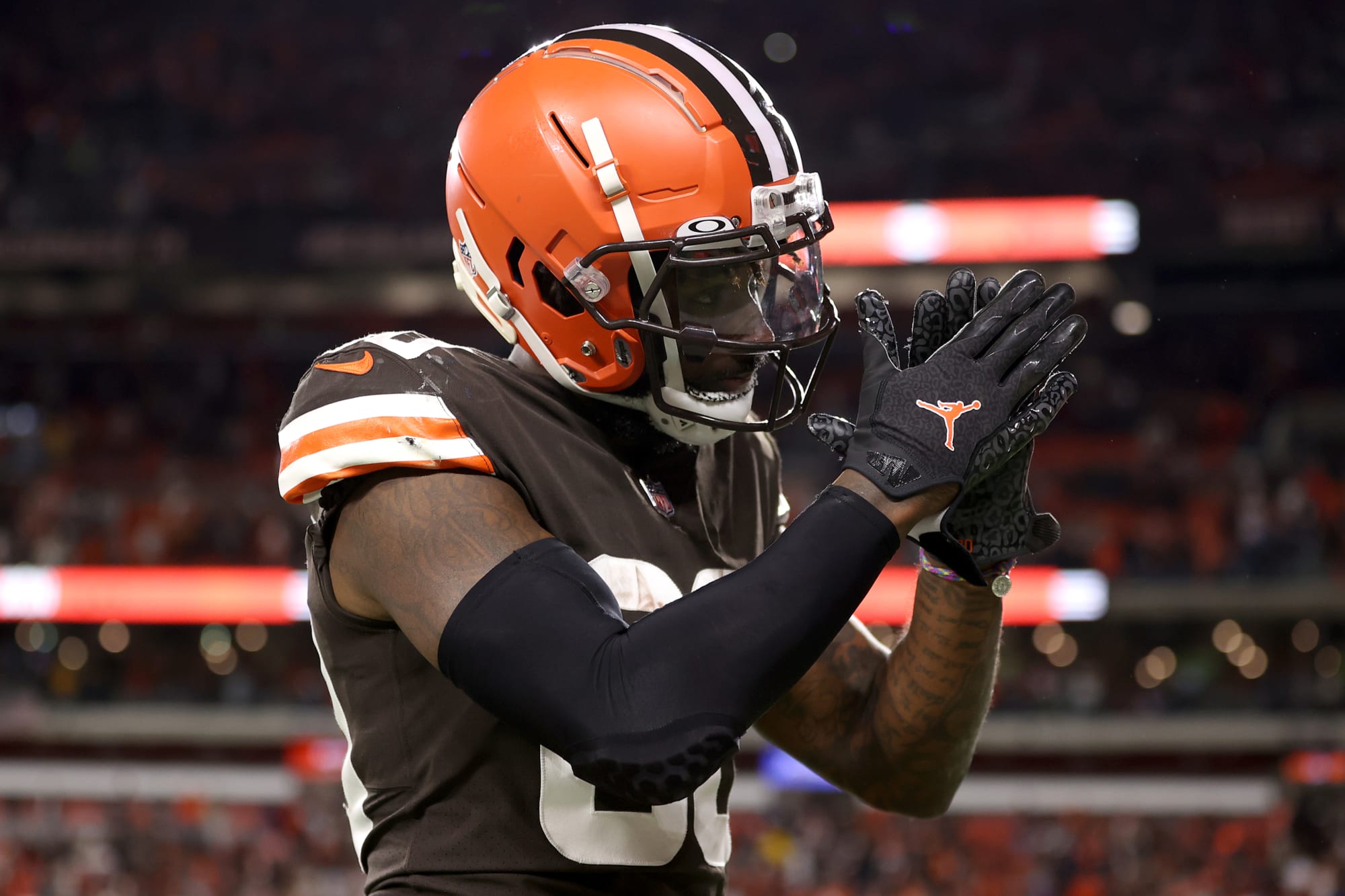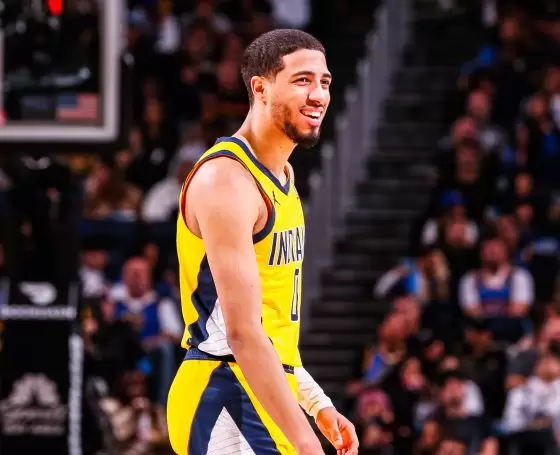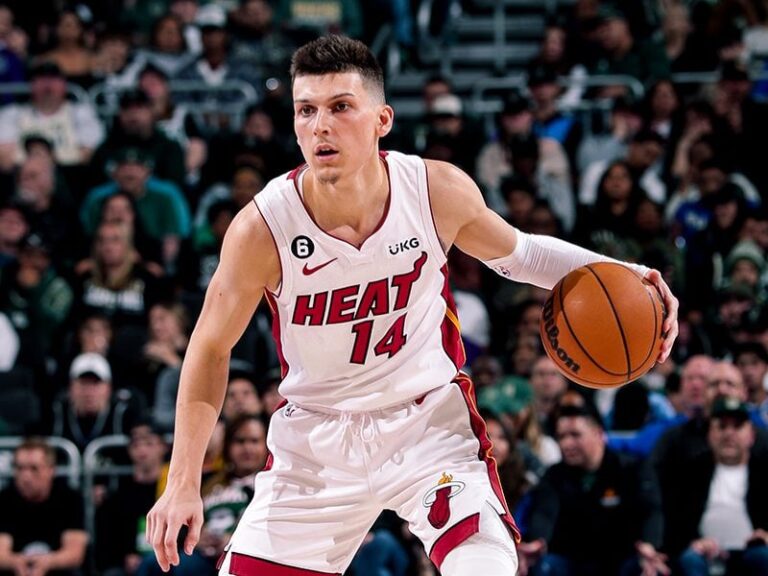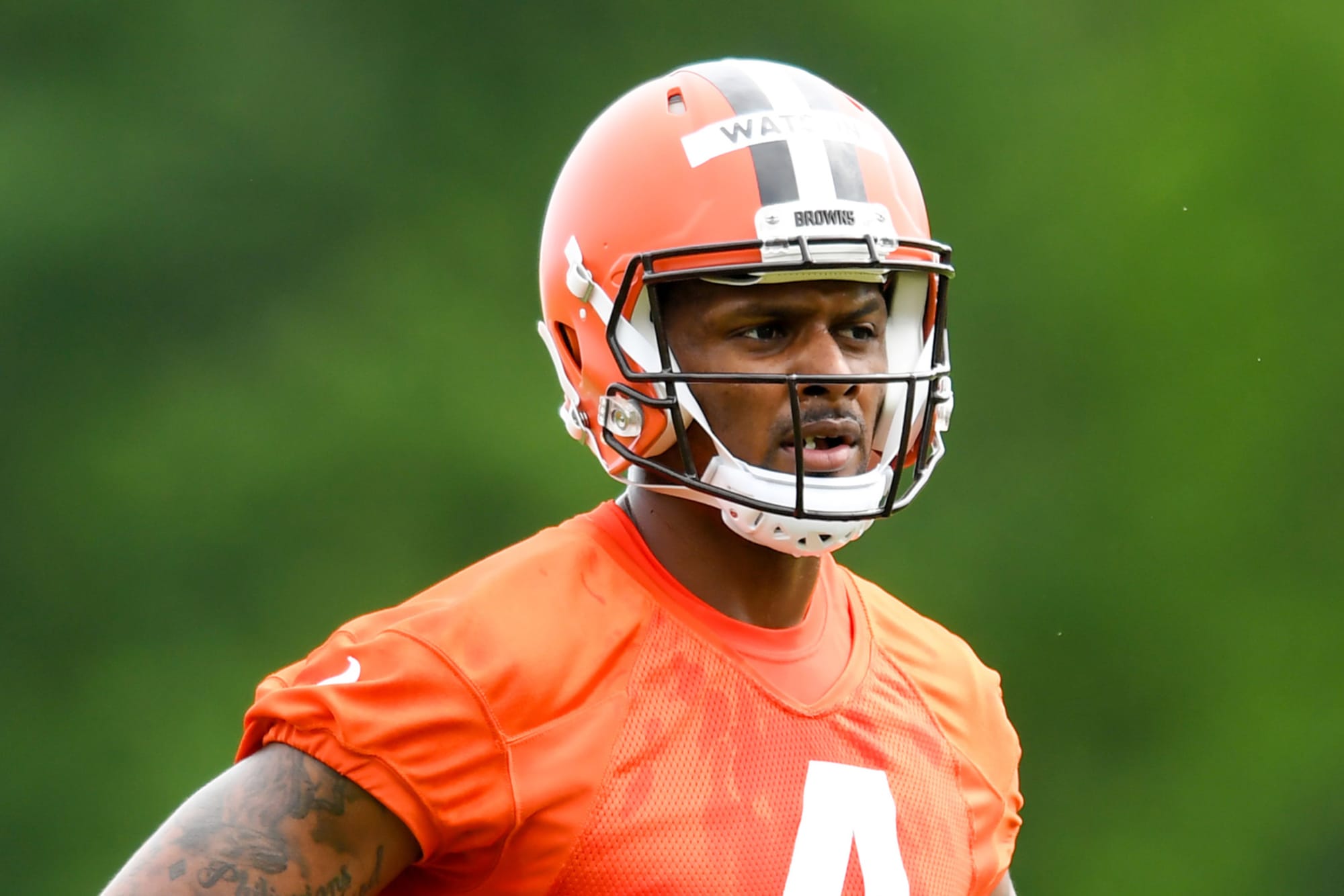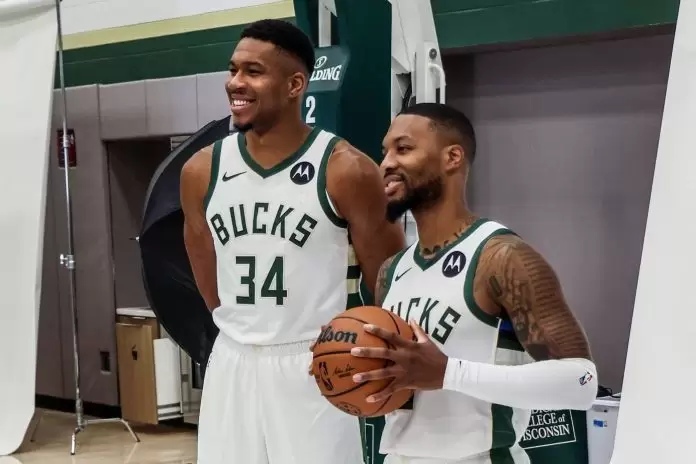The five areas Manchester United must address this summer – Defensive Midfield – Man United News And Transfer News
2
As part of a series exploring where Manchester United need to focus their recruitment drive this summer, The Peoples Person will offer five articles across five days, explaining why a particular position must be prioritised, and why a specific player is the ideal target for the role.
An article a day until any worries about the United squad drift away.
With the upcoming transfer window constituting the first major test of the INEOS revolution at Old Trafford, it is imperative the club’s new leadership structure hit the mark this summer with new signings. And with uncertainty over the long-term future of Erik ten Hag likely to continue until the end of the season, any players INEOS identify will have to possess quality and tactical flexibility in equal measure, to account for a potential managerial change.
So too will budgetary restraints be a factor.
As explained in greater detail here, INEOS are expected to be armed with a considerable war-chest for their first transfer window, but five different areas needing five different solutions means the club will need to be mindful with their money. The Peoples Person anticipate a budget in the region of £250 million, helped by sales and expensive contracts coming to an end.
The previous editions in the series have covered much-needed options at centre-back, left-back, right-wing and centre-forward. Today’s piece, the last of the series, analyses the most difficult decision United must upgrade this summer in terms of an upgrade – defensive-midfield.
A Soft Belly
Despite much attention being drawn to the issues at both ends of the United team, given the injury crisis in defence and a misfiring attacking line, the biggest problem for Ten Hag this season has actually been in the centre of the pitch.
United’s midfield are simply too easy to play through. They struggle to contain opposition counter-attacks and look susceptible to pace and power. The porous nature of the midfield is further exacerbated by enormous gaps between the three units, essentially inviting opposition players to cut through United at will.
When this vulnerability is combined with an injury-ravaged defence, it produces some of the abject displays United fans have been forced to endure this year.
Injuries have not been limited to defenders, with a number of key midfielders spending time on the side line, but even when the first-choice unit has been fit, the same problems have been present.
Much has been made in recent months about the number of shots opposition sides take on United’s goal, but this is not a new phenomenon.
United began the season by welcoming Wolverhampton Wanderers to Old Trafford. Though they emerged as 1-0 victors, Ten Hag’s side were extremely lucky to win, with Wolves dominating for large parts of the match. In the end, they produced the most shots on the United goal by an away side since 2005. And this was with Ten Hag’s professed first-choice midfield trio – Casemiro, Mason Mount, and Bruno Fernandes.
Rather than this being opening day nerves or the teething issues of a new-look unit with Mount taking Christian Eriksen’s spot, it should, with hindsight, have been a warning; a tell-tale sign of a system not fit for purpose. As has become clearer by the week this season.
At the beginning of March, United have conceded the fourth most shots in the league. Only newly-promoted Sheffield United and Luton, along with David Moyes’ West Ham side, rank higher. In half of their matches this season, United have conceded 16 shots or more. By comparison, Arsenal, who top the table, have not faced more than 15 in a single league game.
To attribute this vulnerability to Casemiro’s legs having going, or Mount being a poor signing, or Fernandes being wasteful in possession, is myopic. While there may be some validity to each of these views, the fact that every performance this season by United, regardless of who is in midfield, has shown the same midfield fragility suggests the problem is one more of structural issues, rather than personnel.
The Pressing System
Initiated last summer, a change in United’s structure is perhaps the most dramatic decision Ten Hag has made across his two seasons at United.
Despite the Dutchman being responsible for Cristiano Ronaldo being dropped (and subsequently leaving Old Trafford in a fit of petulant rage), or deciding to swap long-standing number one David De Gea for Andre Onana, and boldly removing the captaincy from Harry Maguire in favour of Bruno Fernandes, these decisions pale in comparison to the system change he has sought to implement this season.
Speaking during the club’s pre-season tour of America last summer, Ten Hag revealed his ambition to make United the “best transition team in the world”. Given the profiles and strengths of some of his key players, particularly Fernandes and Marcus Rashford, the logic behind this goal was clear.
In recent years, United have always looked at their best, and most comfortable, when launching counter-attacks with devastating speed and ruthlessness. It made sense for the Dutchman to want to continue his evolution of his new team with this reality in mind. And so he fully committed to it.
Ten Hag wanted United to become a press-heavy team who sought to dominate transitions. Rather than merely waiting for counter-attacks with a low block defensive structure, often seen under Ole Gunnar Solskjaer, Ten Hag wanted his players to press high and press hard, to force turnovers in the opposition half.
The main targets the club recruited in the summer – Onana, Mount, and Hojlund – all possessed skillsets which lent themselves to this transitional style. A much greater emphasis on fitness began in training, designed to give the squad the stamina to be able implement it. And, of course, coordinated pressing became the obsession in tactical sessions.
However, it was a slight tweak in his midfield structure which proved the most impactful choice.
United employed a standard 4-2-3-1 structure in Ten Hag’s first season. Most often in midfield, Casemiro and Eriksen played in a double pivot, with Fernandes as a roaming number ten ahead of them. It was not perfect, but it was a radical upgrade on the ‘McFred’ combination (Scott McTominay and Fred) which characterised Solskjaer’s reign; and was sufficient to win United the Carabao Cup, regain entry into the Champions League courtesy of a comfortable third place finish in the league, and reach the final of the FA Cup.
It was an excellent debut season for Ten Hag. So why did he feel the need to change things up?
To be the best transition team in the world, you need to force as many transitions as possible. Without this, the match will not be unfolding in a manner conducive to your own success. Thus it requires an intense high-press to harass the opposition defence.
Ten Hag decided the best method to do this was to break up the Casemiro-Eriksen pivot, replacing it with a system which saw Mount and Fernandes line up as two advanced midfielders, instructed to push forward to further bolster United’s press from the front. This left Casemiro stationed as the sole line of protection in midfield; a job the Brazilian would not have been capable of when 22, let alone 32, as he turned in February.
Realistically, there is not a single defensive midfielder in the world who could perform this role, as the demands are simply too much. Casemiro is expected to help progress play from deep, while simultaneously providing protection to the defence and stopping opposition counter-attacks, without any support from his team mates.
It’s little wonder the Brazilian has transitioned from looking like one of the Premier League’s best midfielders to a player on the verge of retirement in the space of nine months. Yet, even within this downturn in form, Casemiro has remained a strong defensive presence, as demonstrated below.
Casemiro leads all Premier League midfielders for interceptions per 90 (7.05)
No top 5 league midfielder has more shots blocked or successful defensive actions per 90
Found his form.
🇧🇷👉 https://t.co/Mg8Dj5JHHq pic.twitter.com/ERlvMIovVW
— DataMB (@DataMB_) March 23, 2024
When Sofyan Amrabat, signed from Fiorentina on loan, has played in Casemiro’s absence, he has looked similarly flummoxed by the role. So too has Scott McTominay. It’s a testament to the innate talent of Kobbie Mainoo that he has been able to thrive when played in defensive midfield, though the midfield still looks porous with the 18-year-old starlet at its base.
Quite evidently, Ten Hag’s system does not work. It is the reason United’s midfielders have looked varying grades of *insert expletive here* this season, rather than indictments on their individual quality.
If the Dutchman remains at the helm at Old Trafford come next year, or a new manager takes the reigns, they must fix this imbalance in the centre of the pitch if United are to improve. If not, whichever defensive midfielder they target this summer will simply fall victim to the same issues which have plagued the club’s current cohort.
No Obvious Option for the Role
With this in mind, it is difficult to conclude exactly what type of midfielder United need.
Casemiro’s form has given the impression he needs to be shipped to Saudi Arabia and replaced with a younger model. But, as discussed above, this is much more likely to be a result of Ten Hag’s system, than a dramatic decline in quality.
If given more protection, Casemiro remains a valuable asset to United.
His defensive contributions remain strong, while experience and attitude are exemplary, with Ten Hag recently revealing the 32-year-old is one of the standard setters in training. While these are not glamourous attributes which Twitter ‘tacticos’ can present on a graph, they are important; particularly in a dressing room as mentally fragile as United’s.
However, Casemiro’s legs have started to go, quite understandably at 32 years of age. A younger alternative, after the loan move for the unimpressive Amrabat proved fruitless, would help to lighten the load on the Brazilian’s legs.
In a similar fashion, it’s difficult to properly assess Mainoo, though not from any sense of worry. It’s just not obvious what profile of midfielder the prodigiously talented academy graduate will grow into. He may be a deep-lying playmaker; he may also be a creative box-to-box player. Realistically, he can likely to do both.
But finding the right compliment to Mainoo should be an important consideration when signing a new midfielder.
An interesting insight into what INEOS may want came during a recent interview with Sir Jim Ratcliffe. The club’s new co-owner was asked which player he would take from United’s past and transplant them into the current side. He replied almost immediately, “Paul Scholes”, as that is the type of player “most missing” from Ten Hag’s team at the moment.
So that leaves us needing a defensive midfielder who can function as an alternative to Casemiro, while also helping to provide the quality on the ball of the unmatchable Scholes, while further needing to be versatile enough to match the versatility of Mainoo. Perhaps we’re being as unrealistic in our midfield demands as Ten Hag has been this season.
Or are we?
The First-Choice Target
There is only one midfielder not playing for one of United’s rivals or Europe’s biggest clubs who fits the exhaustive parameters United need – Benfica’s starlet, Joao Neves.
Despite his tender years, the 19-year-old has already established himself at the heart of Roger Schmidt’s side, demonstrating a complete midfield skillset. He is as capable with the ball as without, able to effect the game in both directions with either his tenacious physicality, or his strong technical abilities.
Neves ranks in the 91st percentile for tackles and the 97th for blocks. Despite standing only 5’7, the Portuguese international (he already made his debut in October) also clocks in at the 87th percentile for successful aerial duels, demonstrating a complete defensive skillset.
Yet, Neves also ranks extremely high across possession and progression metrics as well. He sits in the 98th and 91st percentiles for attempted pass and pass completion respectively. This could mean he is a midfielder who just keeps things simple, perhaps from a lack of ability or a lack of confidence. The fact he ranks 87th for progressive passes and 89th for successful take-ons firmly dispels this idea of limited skillset, however.
Neves is a complete midfielder.
He is strong enough defensively to deputise for Casemiro and skilful enough to play alongside him. Equally, his versatility perfectly aligns with Mainoo’s; a midfield pivot of the 18-year-old English international and the 19-year-old Portuguese international is one as exciting as it is well-rounded.
So what is the catch?
Well, Benfica are notoriously difficult to do business with. Neves’ new contract with the Portuguese club, signed last summer, contains a €120 million (£103 million) release clause, and reports suggest they will not settle for a penny less than this.
Given the other targets on our summer wish list will cost somewhere in the region of £175 million, the expected transfer budget has only around £75 million left in it to sign a new midfielder; and that’s with considerable money generated through sales as it is.
It would, therefore, likely require an additional boost from Ratcliffe himself to be able to free up sufficient funds to sanction this blockbuster move. And, as explained here, the INEOS owner appears ready to do exactly that.
The Alternative[s]
It may still not be enough to secure Neves from the clutches of Benfica, however. Or, perhaps the club’s new executive structure, headed by Omar Berrada and (increasingly likely) Dan Ashworth, will decide £100 million would be better invested elsewhere, or on two midfielders rather than one.
An alternative to Neves is needed, even if that does not necessarily exist with only one player. As such, a compromise must be reached; one which prioritises one component of the Benfica star’s game.
With the fragility of United’s midfield in mind, and the need for fresher legs beside, or instead of, Casemiro, United officials should remain in Portugal to find a substitute for Neves. But will have to travel from Lisbon to Porto to do so.
Alan Varela, the 22-year-old Argentine midfield general for FC Porto, would be an excellent signing for any Premier League club, owing to his defensive strength and physical prowess. Liverpool have been closely linked with a move, with sources in Portugal describing him as the “next Javier Mascherano”.
Arsenal fans will certainly pay testament to this comparison. Mikel Arteta’s side struggled enormously in a hard-fought win over Porto in the Champions League last sixteen a few weeks ago, requiring penalties to overcome the stubborn Liga Portugal side.
Varela was excellent across both legs, particularly in the home fixture which saw Porto go 1-0 up. He constantly harassed the Arsenal midfield, causing one of the most disjointed displays Arteta’s impressive unit have produced this season. While Arsenal were much better in the second leg, Varela remained a tireless presence in front of the Porto back-four.
Principally, the 22-year-old would provide some much-needed steel and athleticism to United.
While the Porto midfielder is not particularly skilful or progressive with the ball at his feet, his 91st and 93rd percentile ranking for attempted passes and pass completion shows he is proficient in possession, if a bit unimaginative.
His signing would require Mainoo to take on much of the burden of possession in the midfield – to emulate what Scholes used to bring, as Ratcliffe described – but the 18-year-old appears capable of doing so, even if it may take some patience.
Varela’s contract is also reported to contain a £60 million release clause – a far more realistic fee than Neves’, and one which fits within the budget United are likely to be working with this summer.
Conclusion
Neves is the truth.
The 19-year-old is an elite prospect whose talent is already good enough to be a key part of a club competing for their domestic title and the Europa League, while strongly pushing for a place at Euro 2024 with the Portuguese national side.
Neves’ versatility makes him ideally suited to both Casemiro and Mainoo, while his strong physical attributes mean he should have few issues adapting to the rigours of English football.
He’s the type of signing a club sanctions to make a statement – a big-money move for a player admired by every big club in Europe, designed to transform your team from pretenders to contenders. And in the early period of the INEOS revolution at Old Trafford, Ratcliffe appears keen to make as many triumphant splashes as he can.
If the £103 million fee proves too costly, however, even for a billionaire, then Varela is a sensible alternative, who will help United in a lot of the ways Neves would have, just not all of them.
And so, that brings an end to The Peoples Person’s guide for how United should approach an essential transfer window – five targets for five positions in desperate need of upgrades.
- Centre-Back = Jarrad Branthwaite
- Left-Back = Miguel Gutierrez
- Defensive-Midfield = Joao Neves
- Right-Wing = Nico Williams
- Centre-Forward = Jonathan David
With the club’s rivals – Manchester City, Liverpool, and Arsenal – all already competing at the top of the table, and the prospect of Tottenham Hotspur, Aston Villa, Newcastle, and Chelsea all being better than they were this season, INEOS cannot afford to miss with any of their signings this summer.
If they heed the wisdom of the list above, they’ll come away with five hits from five targets.
Want to be the first to hear breaking Man United news? For carefully selected, crucial updates, join our WhatsApp channel: https://bit.ly/United-Breaking-News.
Check out our Latest News and Follow us at Facebook
Original Source

